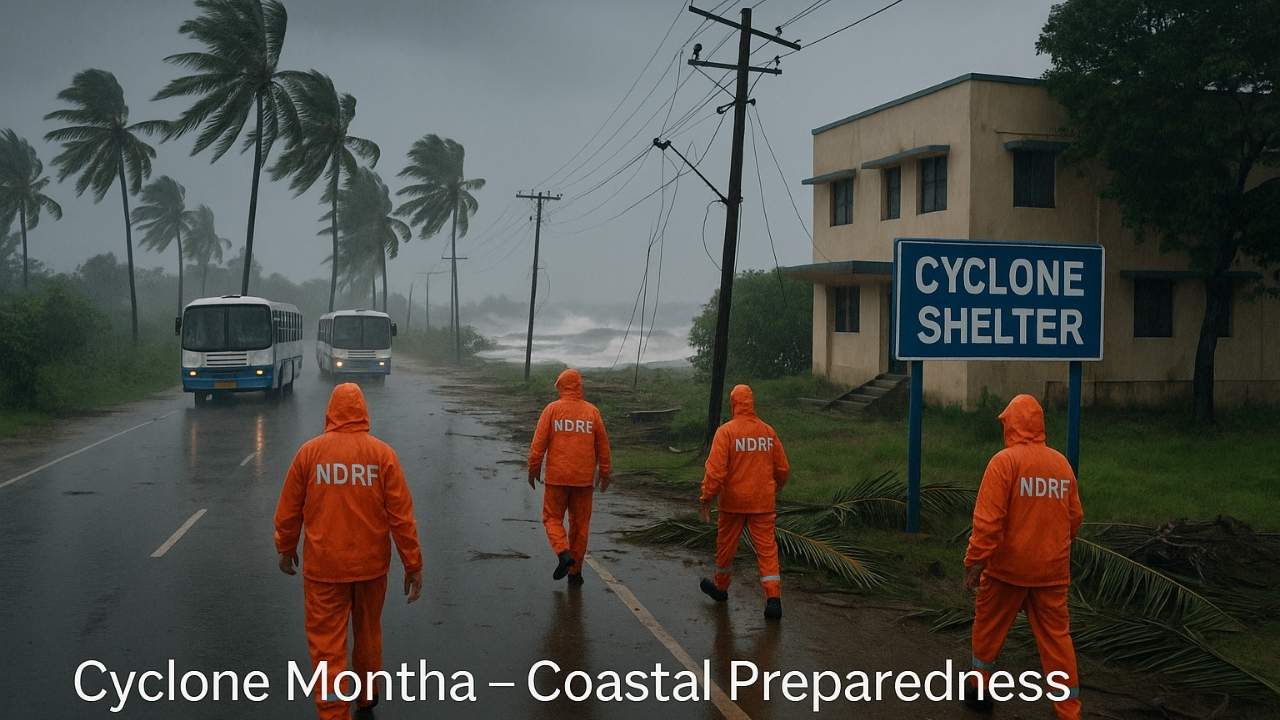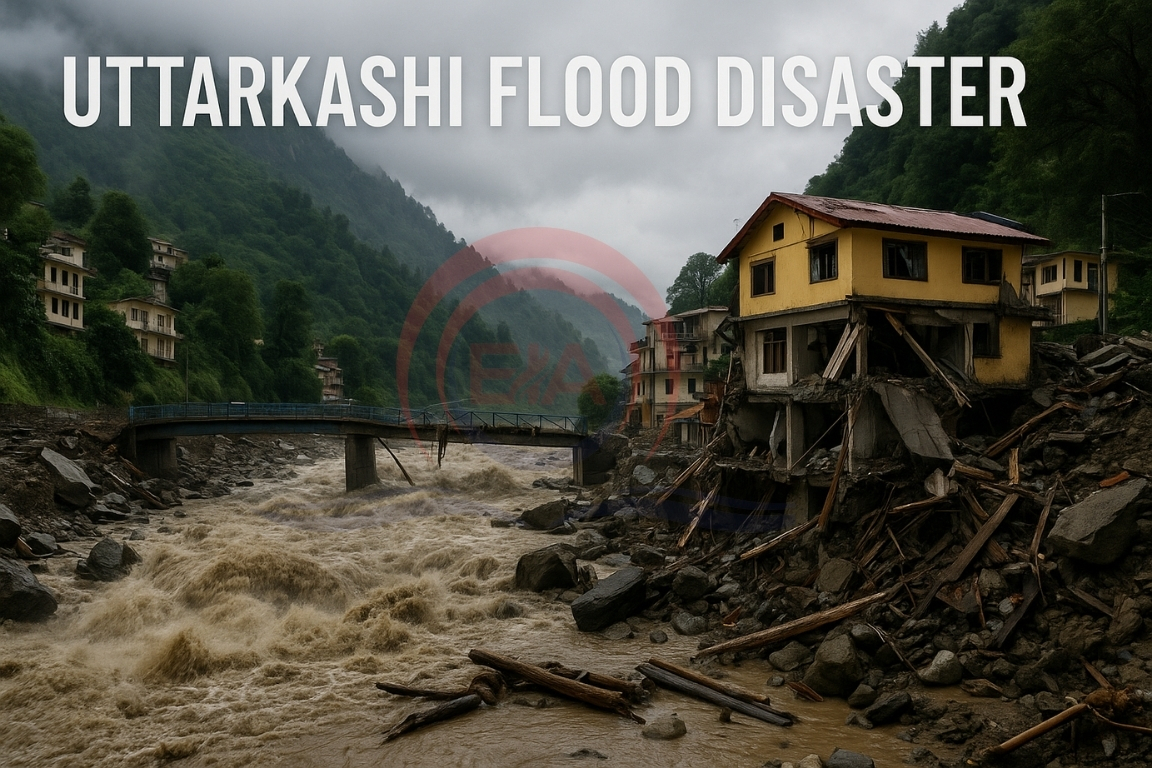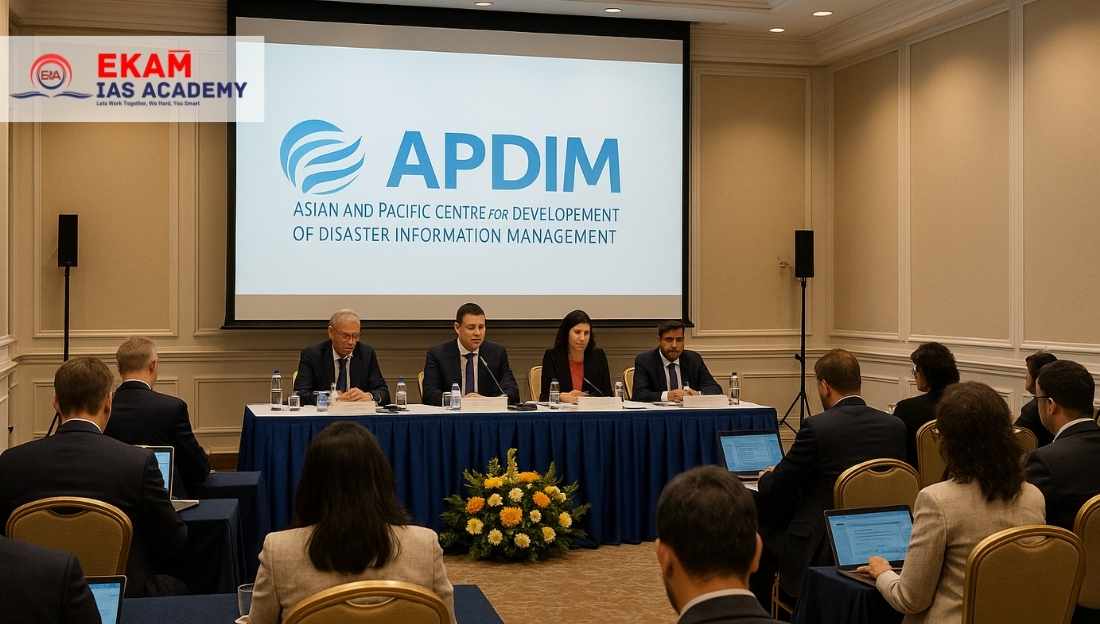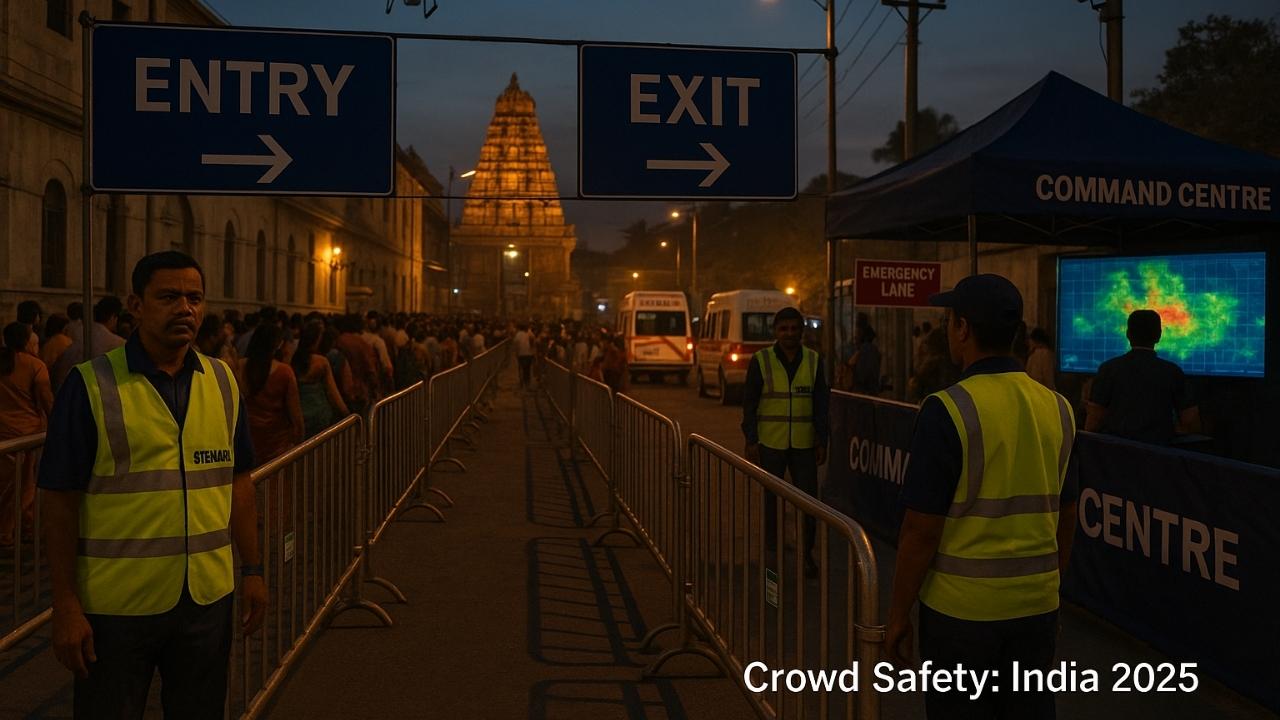Cyclone Montha, which made landfall near Kakinada, Andhra Pradesh, once again highlighted the vulnerability of India’s eastern coastline to tropical storms.
Historical Context of Cyclones on India’s East Coast
- The Bay of Bengal is known for generating severe cyclones, especially during October and November.
- Between the 18th and 20th centuries, 12 major cyclones struck India, nine of which occurred during these two months.
- Notable examples include:
- 1977 Nizampatnam Cyclone (Andhra Pradesh) – caused nearly 10,000 deaths.
- 1999 Odisha Super Cyclone – another 10,000 fatalities with massive devastation in Paradip and nearby districts.
- The recurrence of such storms, including Cyclone Montha (2025), revives memories of these past disasters.
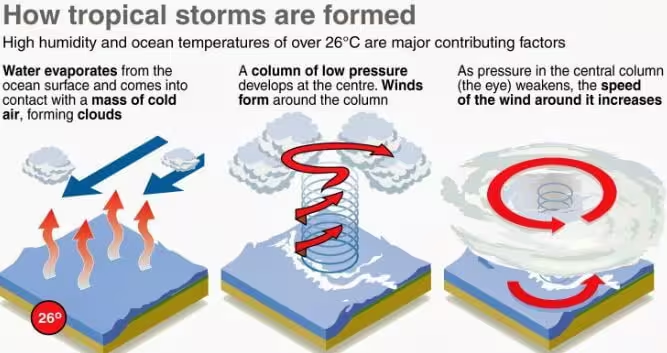
Impact of Cyclone Montha
- Rainfall and Evacuation:
- Districts such as Visakhapatnam, Srikakulam, and Anakapalli in Andhra Pradesh and Ganjam and Gajapati in Odisha witnessed heavy rainfall.
- Over 10,000 people were relocated from vulnerable coastal areas.
- NDRF and SDRF teams were deployed for rescue and relief operations.
- Loss and Damage:
- Extensive harm to public infrastructure, crops, and livestock was reported.
- Power lines, poultry farms, and cattle shelters suffered severe destruction, disrupting livelihoods of rural communities.
Improvement in Preparedness
- Over the last two decades, better forecasting and evacuation systems have significantly reduced loss of life during cyclones.
- However, economic losses and damage to livelihoods remain substantial, demanding sustained focus on rehabilitation and compensation.
Indian Initiatives for Disaster Management and Cyclone Preparedness
- National Disaster Management Authority (NDMA) – coordinates policy and planning for disaster risk reduction.
- India Meteorological Department (IMD) – issues early warnings and cyclone forecasts using advanced satellite data.
- National Disaster Response Force (NDRF) – specialized rescue and relief teams deployed for cyclones, floods, and other calamities.
- National Cyclone Risk Mitigation Project (NCRMP) – strengthens coastal infrastructure such as embankments, shelters, and communication systems.
- Integrated Coastal Zone Management (ICZM) – promotes sustainable coastal development while enhancing disaster resilience.
- Coastal Community Training Programs – conducted to enhance local awareness and evacuation readiness.
Way Forward
- Strengthen post-cyclone rehabilitation to restore livelihoods of small farmers, fishermen, and rural families.
- Develop resilient infrastructure to minimize losses to power, transport, and agriculture sectors.
- Ensure political neutrality and efficiency in relief distribution to maintain public trust.
- Incorporate climate adaptation strategies to handle the growing intensity of tropical storms.
Conclusion:
While India’s preparedness and response mechanisms have evolved remarkably, Cyclone Montha serves as a reminder that sustained vigilance, rapid rehabilitation, and inclusive disaster management remain crucial for safeguarding lives and livelihoods along India’s cyclone-prone eastern coast.
This topic is available in detail on our main website.


